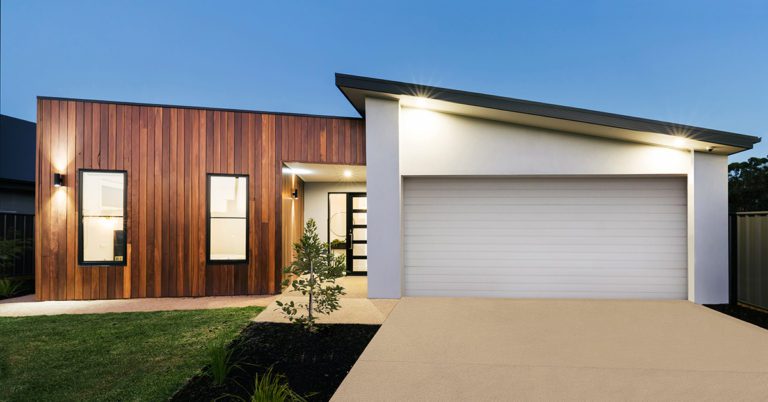Within the real estate market, a 4-stage property cycle exists in which it is possible to make predictions of where the housing market will be over the coming years. Developing a solid understanding of how property cycles work will assist any budding investor when they are looking to purchase an
investment property.
In this blog, we unpack the stages of the property cycle, what each stage involves and what the property cycle means for budding investors.
Breaking down the property cycle
Property Buyer defines the property cycle as, “a series of events that repeat themselves over time that affect the property market. These concern everything from prices and vacancy rates to demand and other factors.”
The property market goes through four stages in each cycle, the boom, the downturn, the stagnation, and the upturn, with Rural Co Property saying that it generally takes 7 to 10 years to complete a full property cycle. We will look at each of these phases in more detail below.
The Boom Phase – First off, let’s start with the boom phase of the property cycle. This is the part of the cycle where, as the name suggests, prices ‘boom’ as buyer demand often outweighs the supply of properties being listed. Real estate agents like to refer to this as a ‘seller’s market’ because property often sells for more than the asking price, which is attractive to the seller. For each boom phase, there is generally a range of new investors and buyers that are trying to break into the market. Fear of missing out (FOMO) is also what drives pricing up as some people begin to panic buy. When sellers realise that housing prices are rapidly increasing, more and more people begin to put their properties on the market which is when supply outstrips demand, which takes us to the next phase.
The Downturn Phase – This phase follows the boom phase and is where properties stay on the market for longer, prices stop growing and in many cases, they dip. This slump or downturn occurs due to an oversupply of property based on the activity of developers and sellers during the boom phase. It also may occur following a rise in interest rates or tightened lending criteria.
The Stagnation Phase – The name of this phase pretty much says it all. During the stagnation phase, the market stays stable or stagnant. It’s a relatively short phase in which various economic factors catch up with each other and stabilisation in the market occurs.
The Upturn Phase – The upturn phase is where the market begins to gain confidence again and buyers start to come back out of their shells. Property prices slowly begin to increase, encouraging buyers to purchase before the market booms again. The supply of properties is also at a point that generally outstrips the demand before it heads back into the boom phase again.
These four stages of the property cycle all vary in length, although there are some phases that are generally shorter than others. While it may seem straightforward to new buyers, for investors, a different approach may need to be taken when considering the property cycle.
Looking at the property cycle as an investor
As a property investor, you need to look at the property cycle and consider whether it is the best time for you to buy and whether you will still be able to service your other mortgage(s) if you purchase a new property right now. Inovayt’s Managing Director,
Nick Reilly says that for investors, it is important that if you are buying, you need to make sure you are, “in a situation where you can hold the property long term, so that you don’t have to sell at the wrong time.” This means that if there is a sudden rise in interest rates or the rental yield falls, you will still be able to service the loan.
What drives each property cycle?
While property cycles are generally quite predictable, Nick talks about the fact that sometimes there are abnormalities and unpredictable situations that affect each cycle. The global pandemic is a prime example of an unpredictable situation! Other things that drive property cycles include interest rates, immigration, employment prospects, job growth and more.
When’s the best time in the cycle to buy?
Nick suggests, “It’s always the right time to buy, you just have to buy the right asset and you need to be in a position where you can hold it for one or two cycles.”
Investing in property is one of the safest investments because people are always going to want and need a roof over their heads. While this makes property a safe investment, there is the chance for prices to rise and fall, which is why it is important to ensure you are in a position to manage a loan and avoid having to sell at the wrong time.
Nick also advises budding investors to make sure they are doing their research when it comes time to purchase an investment property. He encourages investors to look at “what plans the government has for infrastructure in the area; what key industries are driving that market or area as well as the strengths of that industry; demographics and whether these are changing; supply and demand; and what the rental yield is like.”
In conclusion, the property market runs through a 4-stage cycle that generally lasts around 7-10 years on average. Each phase is defined by a set of characteristics and may sometimes feel overwhelming to potential buyers. If you’re questioning whether now is the right time for you to buy, or you have any other questions about the property cycle and investing, reach out to a member of our
financial advisor team today.







